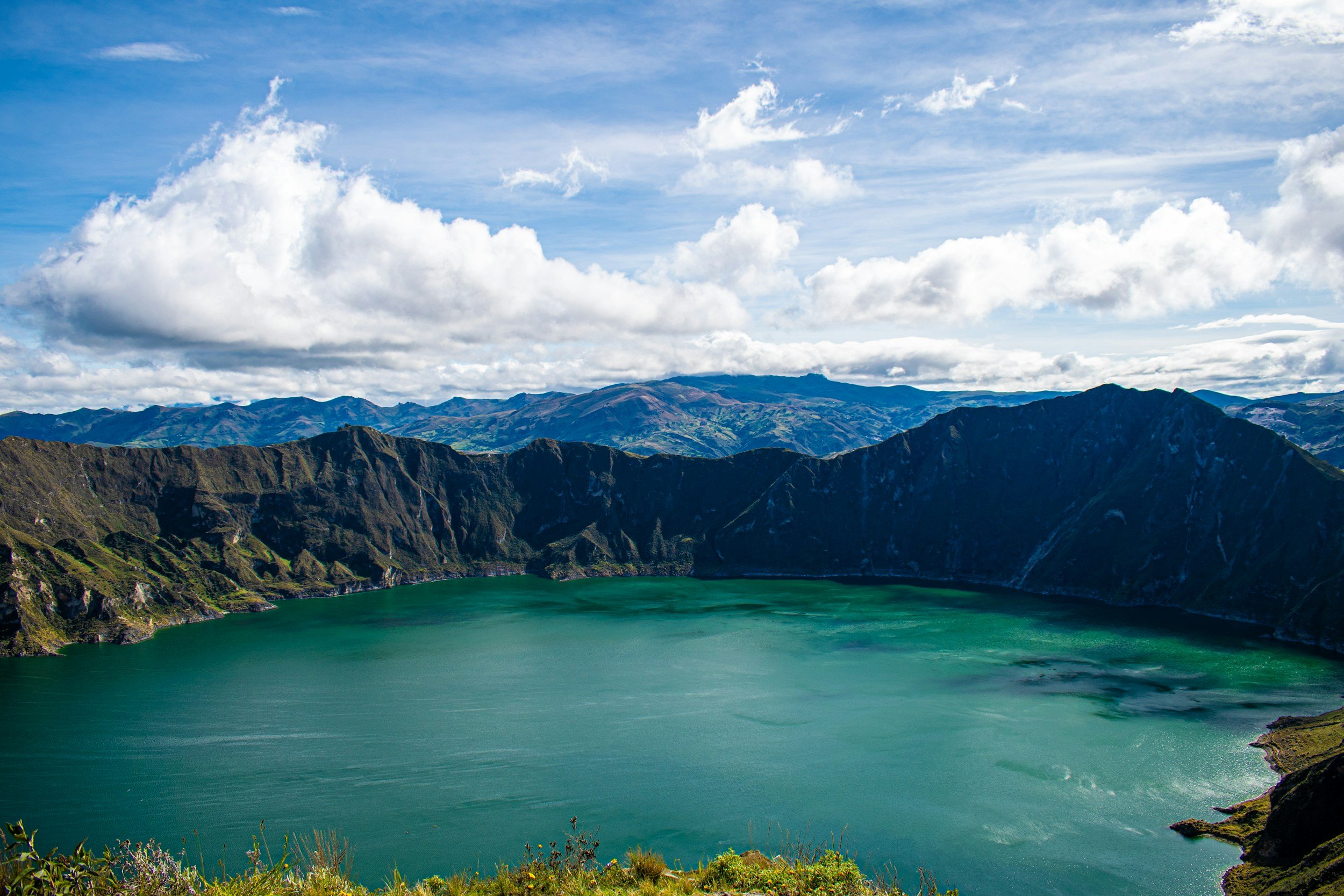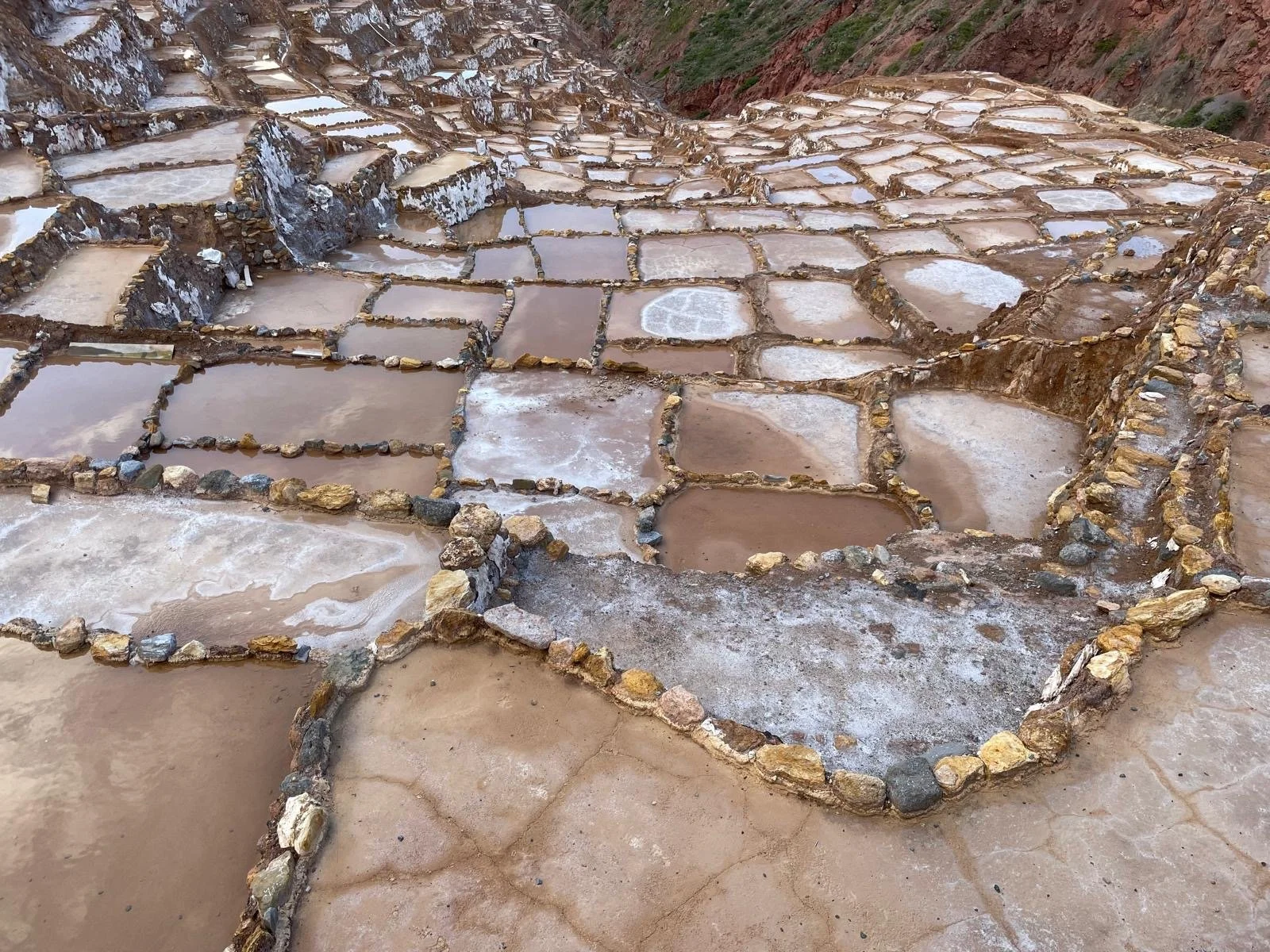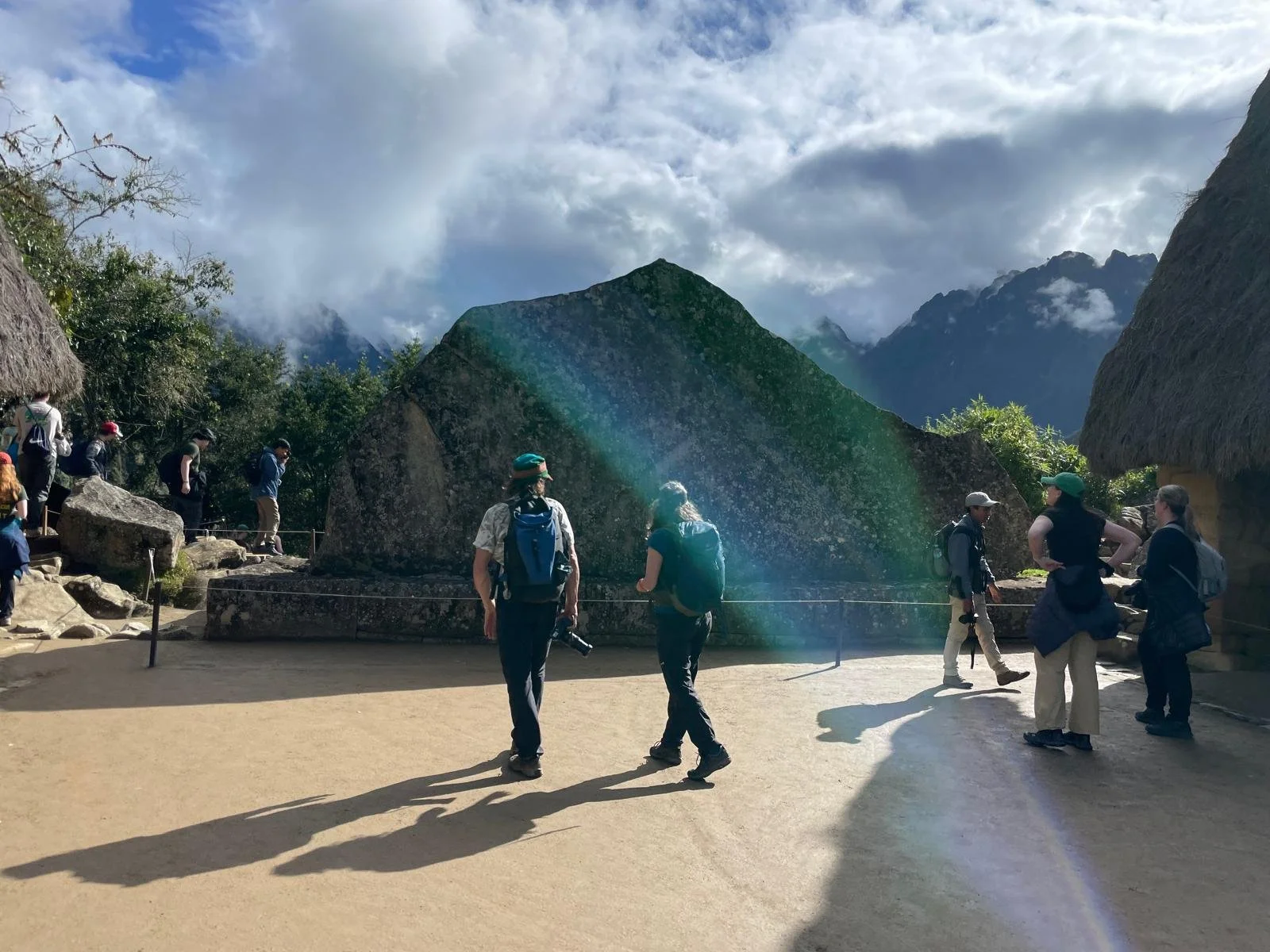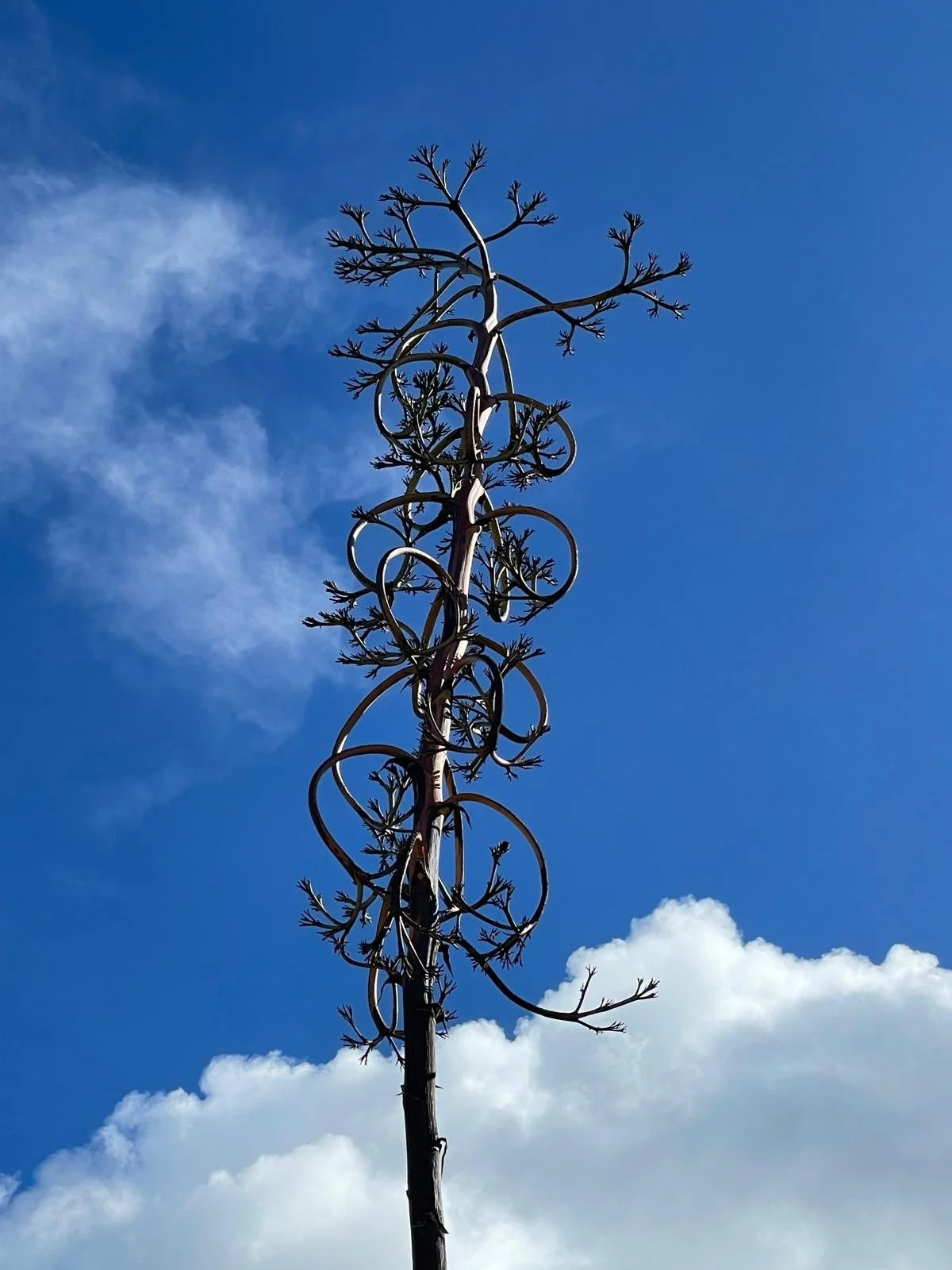
Peru School Program
Overview
Andes, Lake Titicaca, and The Sacred Valley
This transformative summer program provides high school students with an immersive experience in Peru, combining service learning, cultural exploration, and history. Students will work closely with the indigenous community in the Andes, particularly through the Q’ewar Project, where they will learn the ancient art of adobe construction while contributing to ongoing community projects. This hands-on experience will not only build their understanding of traditional construction methods but also foster a deeper connection with the culture and people of Peru.
Tailored to your needs:
We collaborate closely with you to customize each trip, ensuring it aligns with your curriculum and educational goals.
Comprehensive Trip Coordination:
From pre-trip planning to in-class discussions, we handle every detail, providing you with curriculum connections, packing lists, and pre-orientation materials for both students and parents.
Compassionate Leaders:
Our trips are led by native educators, allowing teachers to learn alongside their students in an authentic and supportive environment.
Teacher Participation and Support:
GOGI Abroad will handle all trip logistics, enabling teachers and administrators to actively engage and witness their students' excitement as they learn about the world, themselves and their place in it.
Smooth Travel Logistics:
We guide you on air travel options and handle all in-country details, including lodging, transportation, meals, and safe water.
All-Inclusive Pricing ($300 - $500) :
Except for airfare, all expenses are covered, ensuring peace of mind throughout the trip. Our price range is typically $300-$500 per student per day, depending on the trip’s activities and focus.
Let us help you create an enriching, educational, and memorable experience for your students!
Cultural Immersion
Students will practice their Spanish and interact with local artisans, farmers, and families, gaining insight into the Andean way of life. Afternoons will feature workshops on traditional crafts like clay modeling, weaving, and wool spinning. The journey will culminate in a trek to Machu Picchu, where students will experience the history and magic of this site.
Service Learning & Community Engagement
The service component will focus on the Q’ewar Project, empowering local artisans and community members. Students participate in building adobe structures, organic farming, and contributing to the community. They will hike to gather materials, helping build structures that honor traditional techniques.
Spiritual & Cultural Education
In addition to service learning, students will participate in a Pachamama Ceremony, a ritual honoring Mother Earth that has been passed down through generations in the Andes. Students will learn from local shamans and gain a deeper understanding of Andean spirituality and environmental stewardship.
Trip Description
Our Homebase: The Q’ewar Project and Homestay in Ollantaytambo
After arriving in Cusco, we journey to Andahuaylas to the legendary Q’ewar Project, a social work initiative that combines a magical school, vibrant gardens, and a community of artisans. Q’ewar is an ideal place to acclimate to the high altitude and kick off our journey in a peaceful, culturally-rich environment.
GOGI has been partnering with Julio and Lucy at Q’ewar for over six years, thanks to a shared connection with a dear friend from Vermont. This deep bond has created a warm, collaborative relationship, and GOGI travelers are always welcomed with open arms. We join the women at the project to work with wool, felt, knitting, and other traditional crafts, learning, laughing, and bonding together.
In Ollantaytambo, we have another unique connection with a local Shaman family. GOGI travelers are regularly invited into their home for a simple meal and a traditional Peruvian experience. Our Tribal Gap Year students live and work with this family, embracing the rich cultural traditions of the area.
Beyond the Homebase
Off-the-Beaten-Path Adventures
Both Student and Adult trips take us off-the-beaten track to discover the Lost City of the Incas is the seventh wonder of the world!
Customized trips can include the following:
Aguas Calientes
This charming town, nestled at the foot of Machu Picchu, is accessible by scenic train ride along the Urubamba River, passing the stunning Veronica peak. Depending on your energy levels, optional activities include soaking in the hot springs, shopping at the local market, visiting the Machu Picchu Museum, or hiking to a nearby waterfall.
Machu Picchu
Marvel at the breathtaking ruins of this ancient city after a sunrise hike! Spend the day exploring the majestic terraces and learning about the history and significance of this incredible wonder.
Pisac
This picturesque Andean Village is known for its Sunday market. The market retains much of its charm, as villagers from miles around gather to barter and sell their produce. Pisac is a good place to buy local ceramics and beads. Set high above a valley floor, patchworked by fields and terraces, the stonework and view at Pisac’s Inca citadel are amazing.
Ollantaytambo
This vibrant village, which has been continuously inhabited for over 500 years, showcases one of the finest examples of Incan city planning. As we wander its cobblestone streets, we will marvel at the impressive system of working aqueducts, Inca trails, and ancient ruins as we begin our journey to the heart of the Sacred Valley.
Cusco
Often referred to as the “Archaeological Capital of the Americas,” Cusco is a city where ancient Incan history meets Spanish colonial influence. The city’s beauty lies in the contrast between the indigenous and colonial architecture, particularly the Inca stone walls that fit together so perfectly without mortar. These walls, many of which were part of Spanish city construction, still stand as a testament to Inca ingenuity.
Moray
On the way to Moray, we’ll be surrounded by the majestic snow-capped Chicon and Veronica mountains in the Cordillera Vilcanota. These breathtaking peaks form the backdrop to the Inca agricultural laboratory, a place where the Incas studied plant adaptation to new environments.
Salineras
Just seven miles from Moray, Salineras is known for its ancient salt mines, which were utilized by the Incas as a vital economic resource. The terraced salt ponds still function today, continuing to be an important part of the region’s culture and economy.
Lake Titicaca
Lake Titicaca, with its expansive waters and over 530 aquatic species, is a must-see destination. Revered by the Incas as the birthplace of the sun, Lake Titicaca is steeped in history and cultural significance. It offers a unique opportunity to explore traditional ways of life and the stunning natural beauty of the area.
This Peru trip will be a rich journey of discovery, learning, and deep cultural immersion, leaving you with memories and insights to last a lifetime.
Sample Itinerary
-
Depart for Cusco and arrive in the afternoon.
After settling into your accommodations, take a short orientation walk around the city to get acclimated and learn about its historical significance as the former capital of the Inca Empire.
-
Travel to Andahuaylillas, a small village known for its vibrant traditions and proximity to the Sacred Valley.
Introduction to the Q’ewar Project: Students will meet local artisans and learn about the social impact of this community initiative, which uses traditional weaving to support sustainable development and empower indigenous women.
Workshops on traditional textile arts, including a hands-on weaving demonstration, where students learn about the deep cultural significance of these practices.
Explore local agricultural techniques and indigenous farming methods.
-
Engage in service learning projects with the Q’ewar community, assisting with local construction projects or environmental conservation efforts.
Participate in a Pachamama ceremony (Mother Earth), where students will learn about the indigenous spiritual practices that honor the land, water, and natural resources.
Reflection time for students to discuss their experiences and observations in small groups.
Educational Itinerary Focused on Sustainability, Farming, Indigenous Immersion, and Education
This sample itinerary showcases an immersive educational experience focused on sustainability, regenerative farming, and indigenous knowledge. Students participate in hands-on agricultural activities, collaborate with indigenous communities, and engage in meaningful service-learning projects that highlight the connection between cultural traditions and environmental responsibility.
These experiences deepen students’ understanding of global sustainability while fostering leadership, critical thinking, and cross-cultural awareness. The program can be fully customized to align with your school’s curriculum, learning objectives, and educational values.
Testimonials

About the Curriculum
-
At GOGI Abroad, we design customized curricula to meet the unique needs of your students. Our Peru programs are crafted to align with your educational goals, whether you’re looking to explore biodiversity and conservation, dive into Indigenous and Colonial histories, or engage in cultural immersion and community interactions.
For example, biology-focused groups might study biodiversity and threats to wildlife at the Sacred Valley, while history students could examine the Inca period through site visits to Machu Picchu and Ollantaytambo.
Cultural immersion activities could include learning traditional agricultural techniques at Moray or participating in local art and craftsmanship workshops.
We work closely with educators to create meaningful, hands-on experiences that inspire interdisciplinary learning and critical thinking.
Whether you want to focus on biology, history, cultural studies, or a combination of subjects, we tailor each program to fit your specific requirements, ensuring an unforgettable and impactful educational journey.








